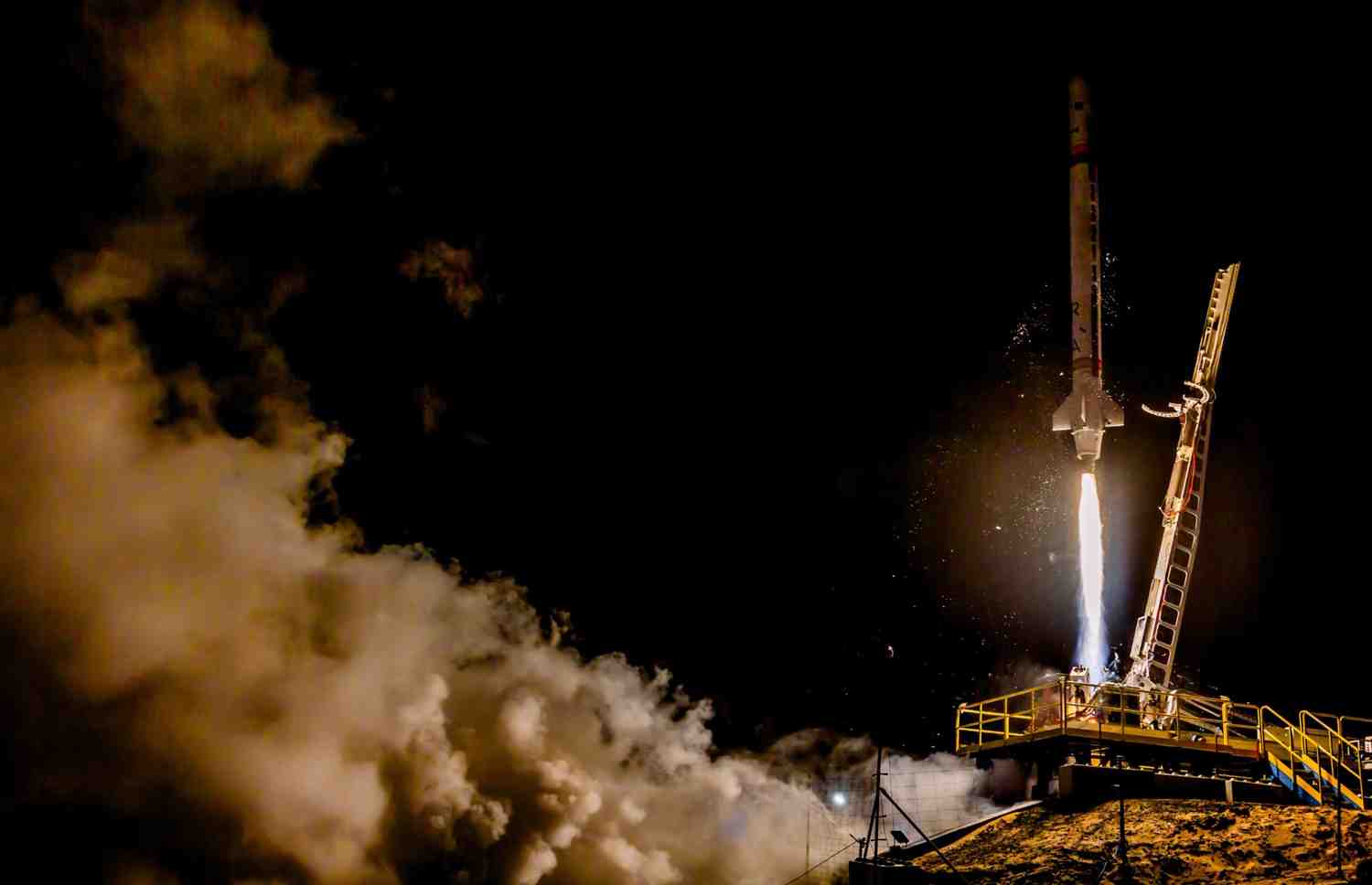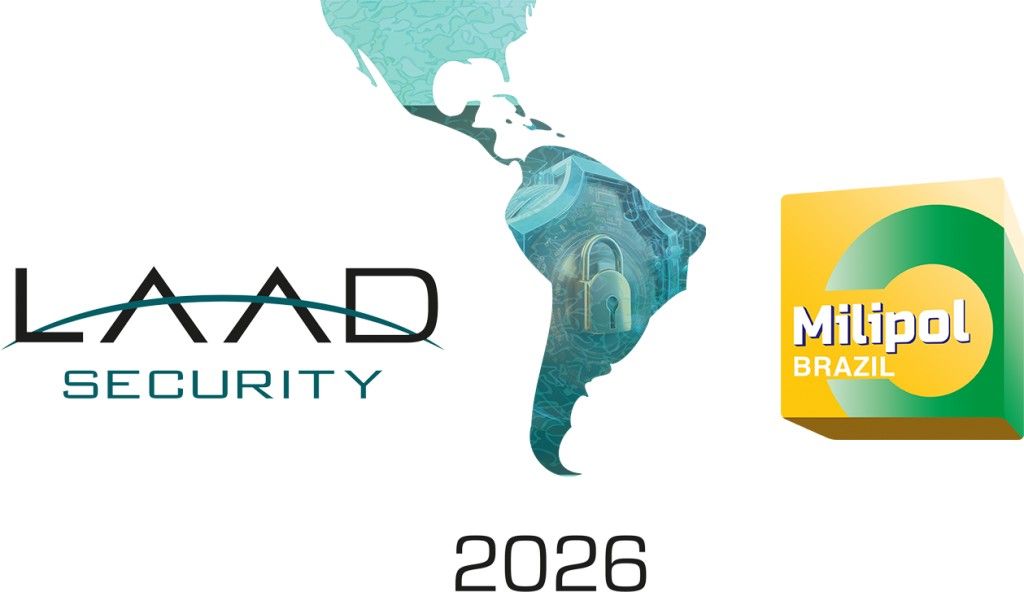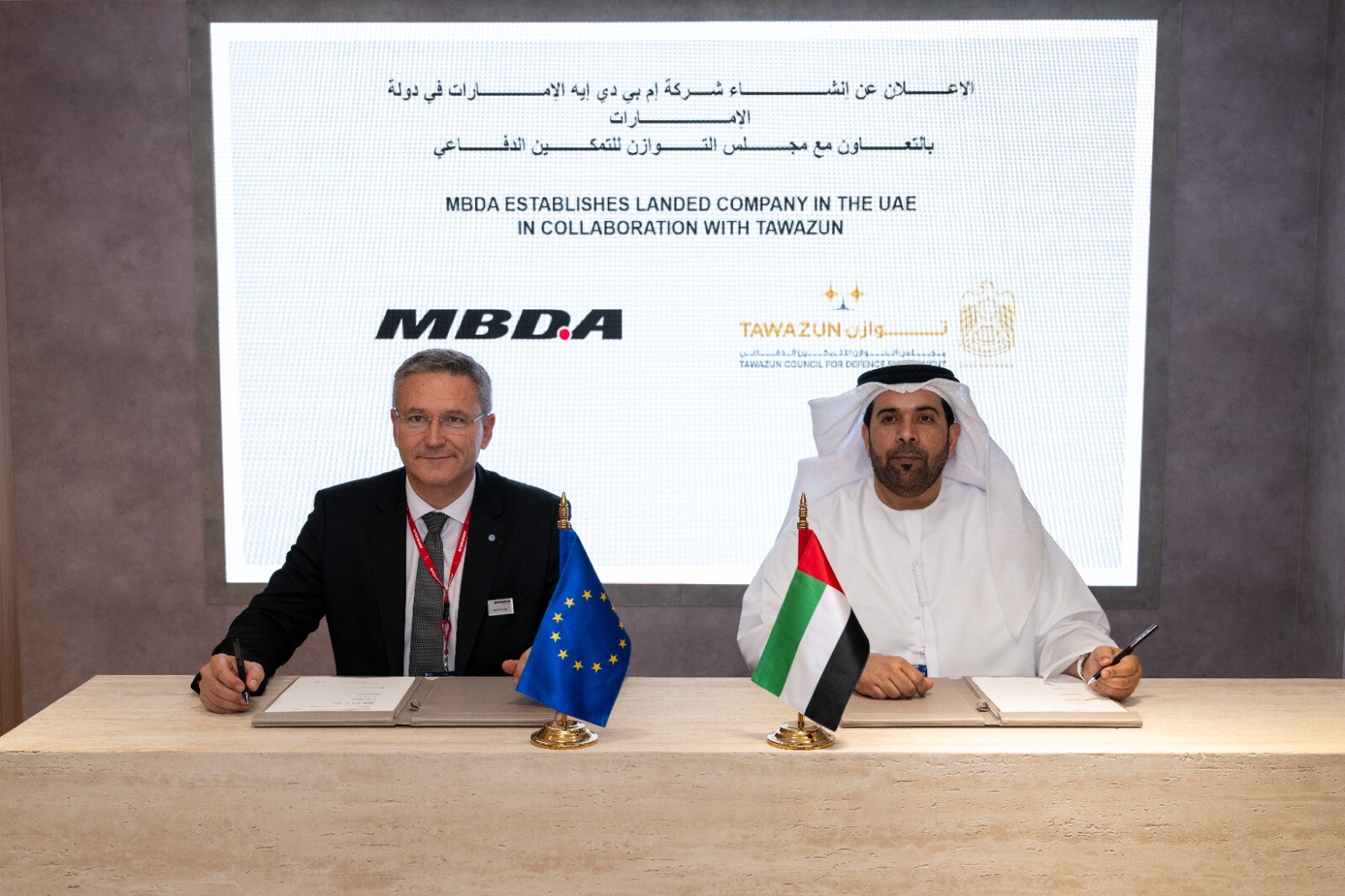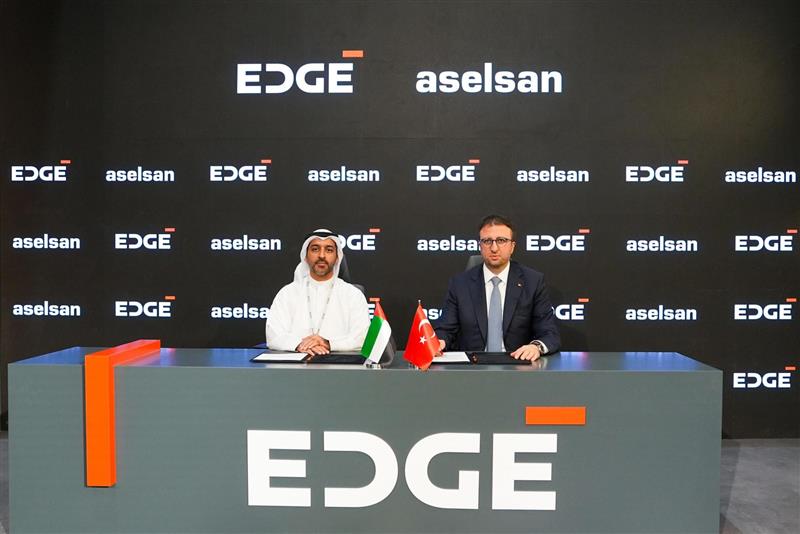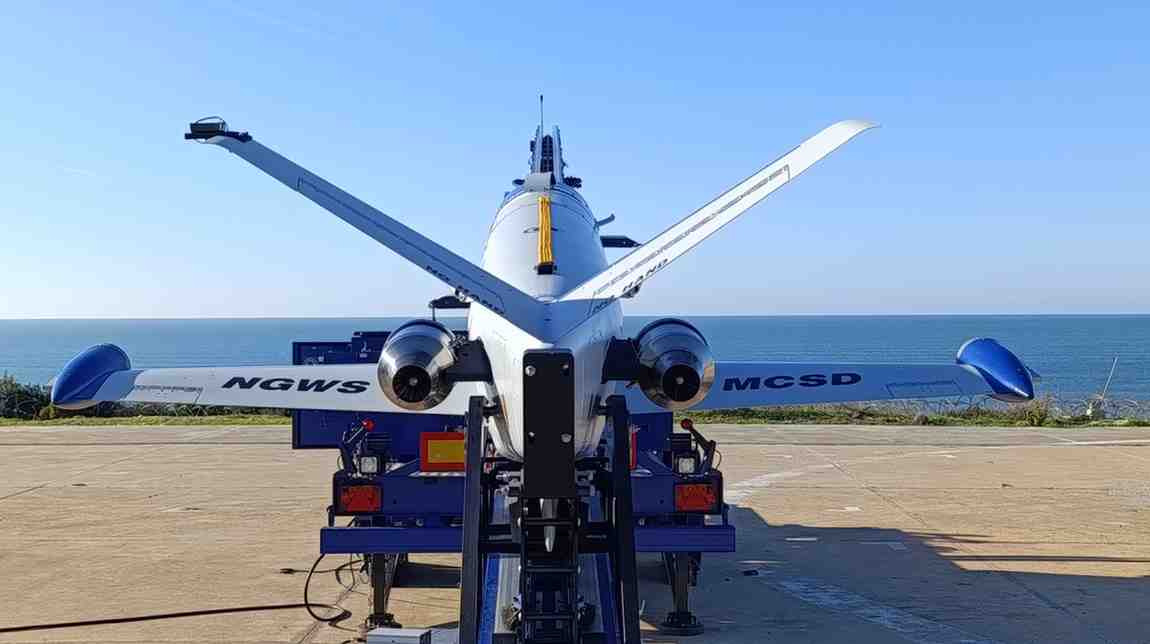PLD Space has reached a major milestone in the development of its MIURA 5 orbital launcher, with the company confirming that its test infrastructure at Teruel Airport is now fully operational. Spanning over 155,000 m², the site represents the largest privately owned rocket testing facility in Europe, a key strategic asset within PLD Space’s vertically integrated development model.
The company currently operates 10 internally designed test benches, enabling the parallel qualification of all critical MIURA 5 subsystems. This setup allows PLD Space to manufacture and test hardware in under 24 hours, significantly compressing development timelines and reducing dependency on external infrastructure.
Table of Contents
Toggle“Test Like You Fly” Approach Driving Development
PLD Space has built its testing philosophy around the principle of validating components under real flight-equivalent conditions. According to CEO and co-founder Raúl Torres, this methodology provides early insight into subsystem behavior, increases system maturity ahead of launch, and strengthens overall reliability.
“Reliability is built through testing. Our Teruel facilities give us full control over every launcher component, helping us shorten timelines while maintaining the highest technical standards,” Torres noted.
Experience gained from the earlier MIURA 1 demonstrator has shaped the company’s current testing ecosystem. Over the past decade, PLD Space has developed its own procedures, infrastructure, and qualification workflows, forming the foundation for MIURA 5’s rapid progression.
Europe’s Most Advanced Private Test Capability
Of the 10 test benches located at Teruel, eight are operational and two are scheduled to come online before the end of the year. Each bench has been engineered in-house and is dedicated to validating core MIURA 5 systems, including:
-
Engines and propulsion assemblies
-
Combustion chambers, turbopumps, and gas generators
-
Structural tanks
-
Stage-two assemblies and separation mechanisms
-
Valves, umbilicals, and other key hardware
The site’s proximity—just three and a half hours from the company’s headquarters in Elche—ensures rapid coordination between design, manufacturing, and testing teams. PLD Space can develop, deliver, and validate hardware in a single day, a pace rarely achievable in Europe’s launch sector.
Executive President Ezequiel Sánchez highlighted that this capability has enabled PLD Space to advance MIURA 5 from concept to an orbital launcher in only two years. “The speed and reliability of our testing cycle are unprecedented in Europe and crucial to reducing time to market,” he said.
Laying the Groundwork for MIURA 5’s First Launch Campaign
The Teruel facilities have played a central role in the evolution of the TEPREL-C engine, the most powerful privately developed rocket engine in Europe, delivering 190 kN of thrust. Current work focuses on subsystem qualification and flight validation for MIURA 5, with the company targeting its first launch campaign in early 2026.
Through these investments, PLD Space is strengthening Spain’s industrial capabilities while contributing to Europe’s long-term space autonomy. The company’s infrastructure provides a rare combination of operational independence, accelerated development cycles, and consistent technical oversight—key factors as MIURA 5 moves closer to orbital operations.
- Global Defense Insighthttps://defensetalks.com/author/umair/
- Global Defense Insighthttps://defensetalks.com/author/umair/
- Global Defense Insighthttps://defensetalks.com/author/umair/
- Global Defense Insighthttps://defensetalks.com/author/umair/


